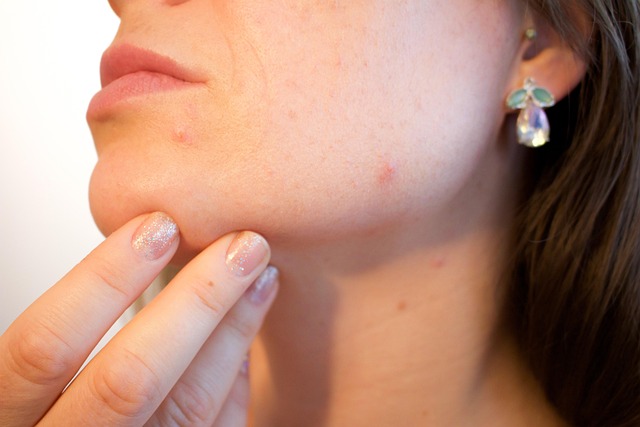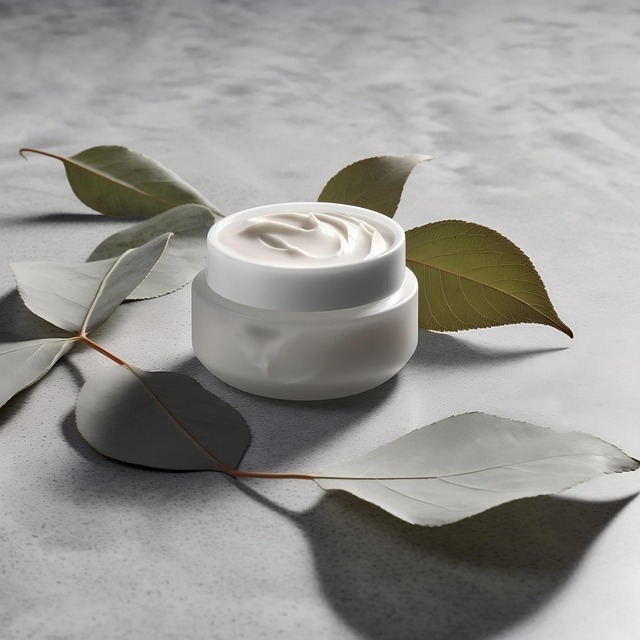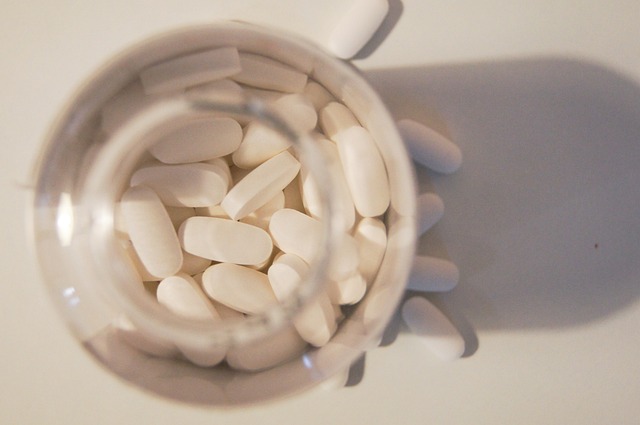Non-surgical treatments like dermal fillers, chemical peels, laser therapy, and microdermabrasion have gained popularity due to their safety, effectiveness, and minimal invasiveness in addressing aging concerns. These treatments, utilizing technologies such as lasers, neuropeptides, hyaluronic acid, and radiofrequency energy, offer solutions for fine lines, wrinkles, and skin laxity without surgical risks. Laser therapy, in particular, has emerged as a popular choice, stimulating collagen production while microdermabrasion exfoliates the top layer of skin. Healthy lifestyle habits, including diet, hydration, and exercise, complement these treatments for long-lasting results.
Uncover the secrets to achieving youthful skin with our comprehensive guide on non-surgical anti-aging. Explore various wrinkle reduction techniques, from understanding the science behind them to discovering popular non-invasive methods like laser therapy and topical creams. Learn about injectables, their benefits, and potential considerations. Delve into lifestyle changes that can complement these treatments for long-lasting results. Discover effective non-surgical treatments to reverse signs of aging.
Understanding Non-Surgical Anti-Aging Approaches

Non-surgical anti-aging approaches have gained significant popularity due to their minimal invasiveness and ability to offer effective results. These treatments cater to a wide range of concerns, from fine lines and wrinkles to more severe signs of aging like skin laxity. Key among these non-surgical methods are those that focus on stimulating collagen production, enhancing skin elasticity, and improving overall skin texture.
Technologies such as dermal fillers, chemical peels, laser therapy, and microdermabrasion are leading the way in non-surgical anti-aging. Dermal fillers temporarily smooth out wrinkles by adding volume to the skin, while chemical peels use chemicals to exfoliate the top layer of skin, revealing smoother, more youthful-looking skin beneath. Laser therapy targets specific skin concerns like hyperpigmentation and rosacea, while microdermabrasion gently sands away dead skin cells to unclog pores and promote cell turnover.
The Science Behind Wrinkle Reduction Treatments

The science behind wrinkle reduction treatments has evolved significantly, shifting from invasive surgical procedures to a growing array of non-surgical options. These advancements leverage cutting-edge technology and natural processes to stimulate collagen production and revitalize skin elasticity. Key among these is the use of targeted lasers that penetrate deep into the dermis to encourage cell turnover and renew the skin’s structural framework.
Non-surgical treatments also incorporate elements like neuropeptides and hyaluronic acid, which have been clinically proven to smooth fine lines and wrinkles by communicating with skin cells to enhance their function and appearance. Additionally, advanced cosmetic procedures now employ radiofrequency energy to heat deep skin layers, triggering collagen contraction and a more youthful complexion. This shift towards non-surgical methods offers individuals safer, more effective alternatives for achieving smoother, rejuvenated skin without the risks associated with traditional surgery.
Popular Non-Invasive Methods for Skin Rejuvenation

In the quest for youthful skin, many individuals opt for non-surgical treatments as a less invasive approach to skincare. Among the popular methods, Laser Therapy stands out for its ability to stimulate collagen production and improve skin texture. This procedure uses precise laser beams to target specific skin concerns, such as fine lines and wrinkles, without incisions. Another highly effective technique is Microdermabrasion, which gently exfoliates the top layer of skin, revealing a smoother and more radiant complexion.
Ultrasound and Radiofrequency (RF) treatments have also gained popularity for their anti-aging benefits. Ultrasound uses sound waves to penetrate deep into the skin, promoting tissue repair and collagen renewal. RF technology, on the other hand, heats the skin to stimulate collagen production and improve skin elasticity. These non-surgical treatments offer a safe and effective way to achieve a more youthful appearance, catering to those seeking a gentle yet powerful solution for skin rejuvenation.
Benefits and Considerations of Laser Therapy

Laser therapy offers a range of benefits for wrinkle reduction and anti-aging, making it an attractive option among non-surgical treatments. This technology uses targeted lasers to stimulate collagen production, which is key to achieving smoother, younger-looking skin. By breaking down damaged tissue and promoting the growth of new, healthy cells, laser treatments can significantly reduce the appearance of fine lines and wrinkles.
When considering laser therapy, it’s important to explore different types of lasers and their specific applications. Each laser operates slightly differently, affecting various layers of the skin for targeted results. Moreover, consulting with a qualified dermatologist ensures you receive the appropriate treatment based on your skin type and concerns. Safety is another crucial consideration; modern laser technologies are designed with advanced cooling mechanisms to minimize discomfort and potential side effects.
Injectables: A Comprehensive Look at Collagen Stimulators

Non-surgical treatments, such as injectables, have gained significant popularity in the world of wrinkle reduction and anti-aging. One innovative approach that has been making waves is collagen stimulators—a type of injectable designed to boost the body’s natural production of collagen. Collagen is a protein that plays a crucial role in maintaining skin elasticity and a youthful appearance.
These injectables work by targeting specific areas of concern, such as facial lines and wrinkles, and stimulating the skin’s collagen production. They often contain substances like hyaluronic acid or certain peptides that enhance the skin’s hydration and structure. By promoting collagen synthesis, these treatments offer a more natural way to combat signs of aging, providing a youthful glow and reduced appearance of fine lines without the need for surgery.
Topical Creams and Serums: Effective or Just Marketing?

Topical creams and serums have flooded the market, claiming to offer wrinkle reduction and anti-aging benefits. While many products contain active ingredients like retinol, hyaluronic acid, and vitamin C, their effectiveness varies widely. Some studies show significant improvements in skin texture and fine lines, while others find minimal to no difference. The key lies in understanding that topical treatments alone can’t fundamentally alter the aging process; they’re better suited for non-surgical treatments aimed at addressing specific concerns.
Marketers often emphasize dramatic results, but clinical trials and user testimonials are essential for gauging a product’s true potential. Ingredients like retinol stimulate collagen production, but consistent use over months is typically required to see noticeable changes. Moreover, certain skin types may experience irritation or dryness, highlighting the importance of patch testing and consulting dermatologists before committing to a routine.
Lifestyle Changes for Long-Lasting Youthful Skin

Adopting a healthy lifestyle is an often-overlooked yet powerful tool in the quest for long-lasting youthful skin. Non-surgical treatments, while effective, are only part of the equation. A holistic approach that includes dietary adjustments and regular physical activity can significantly impact your skin’s health and appearance.
Start by incorporating nutrient-rich foods into your diet, focusing on vitamins C and E, antioxidants, and omega-3 fatty acids, known to boost collagen production and protect against environmental damage. Stay hydrated by drinking ample water daily, as proper hydration is essential for maintaining skin elasticity. Additionally, regular exercise improves blood circulation, delivering oxygen and nutrients to the skin, fostering a radiant complexion.
